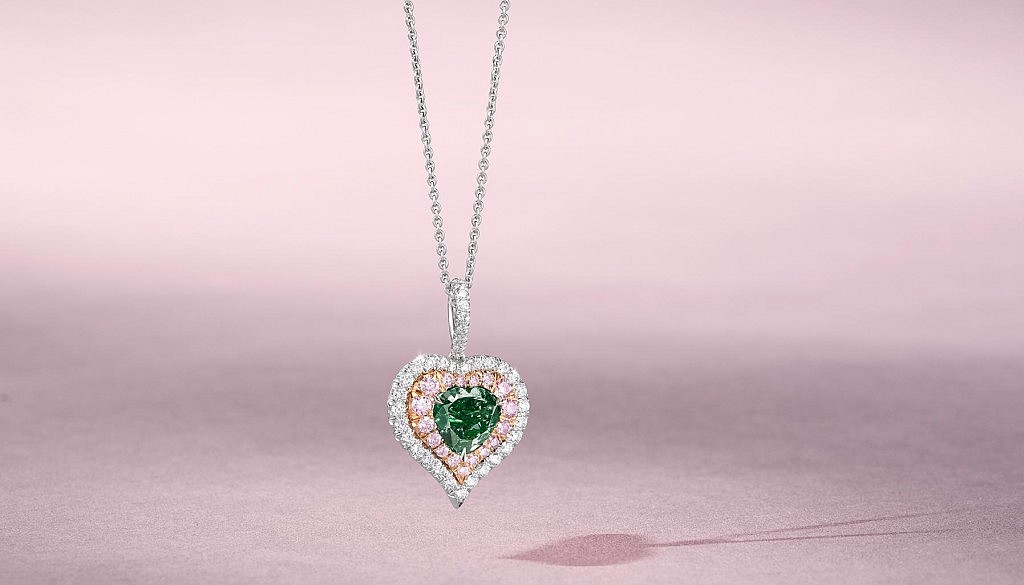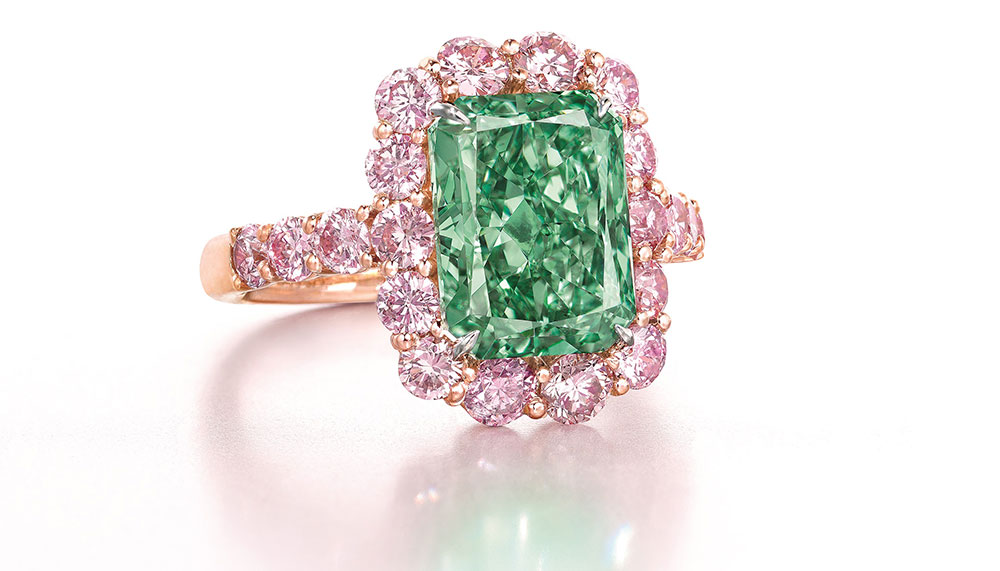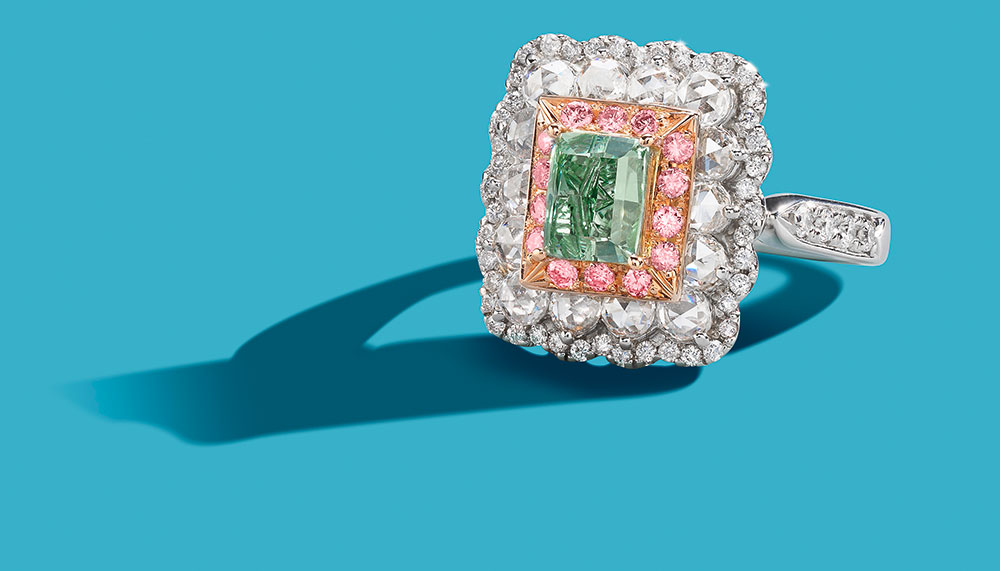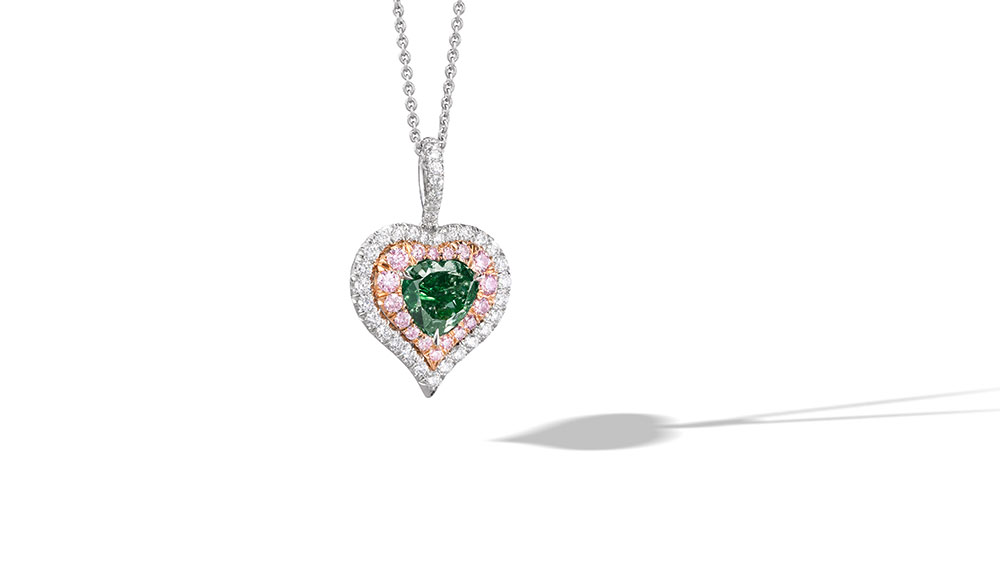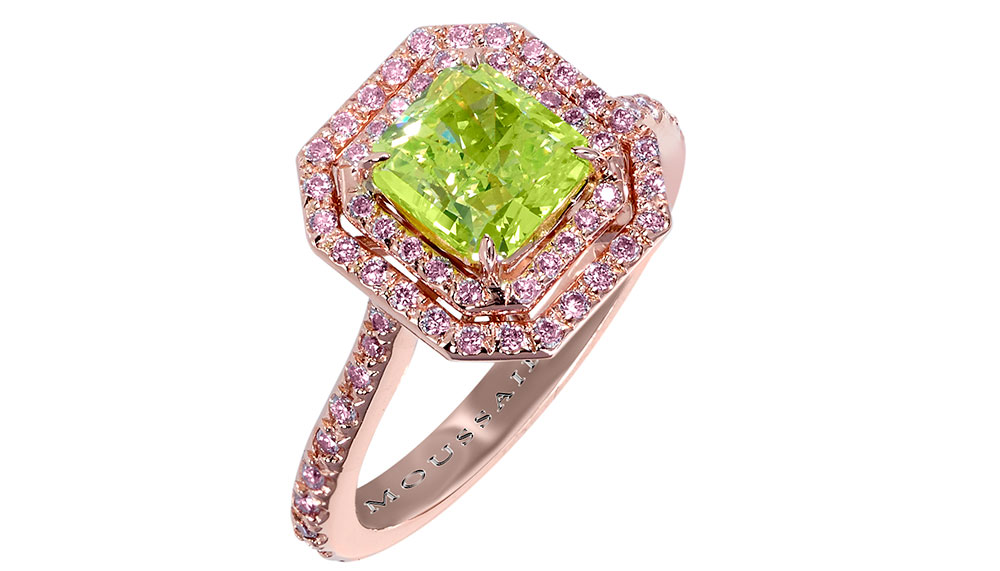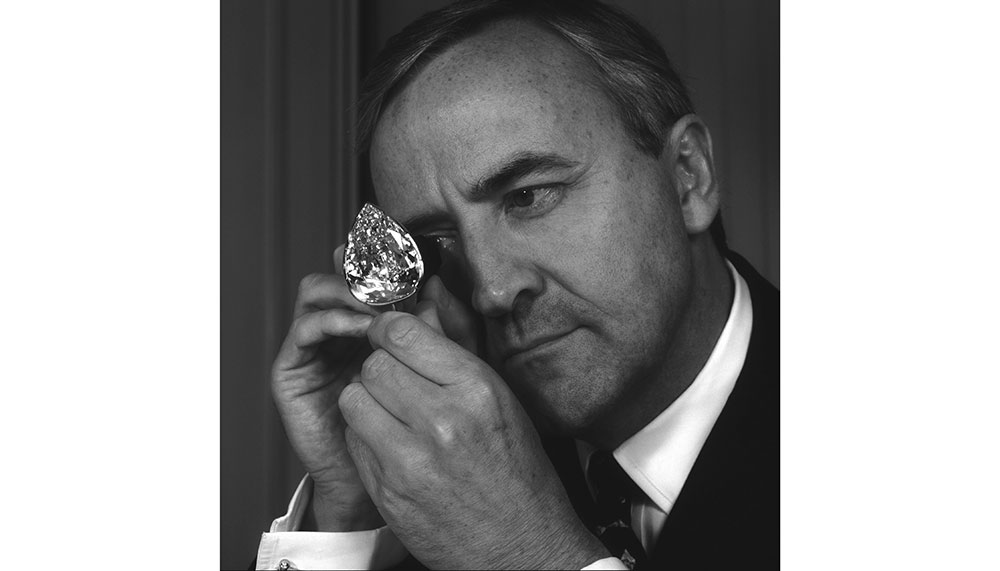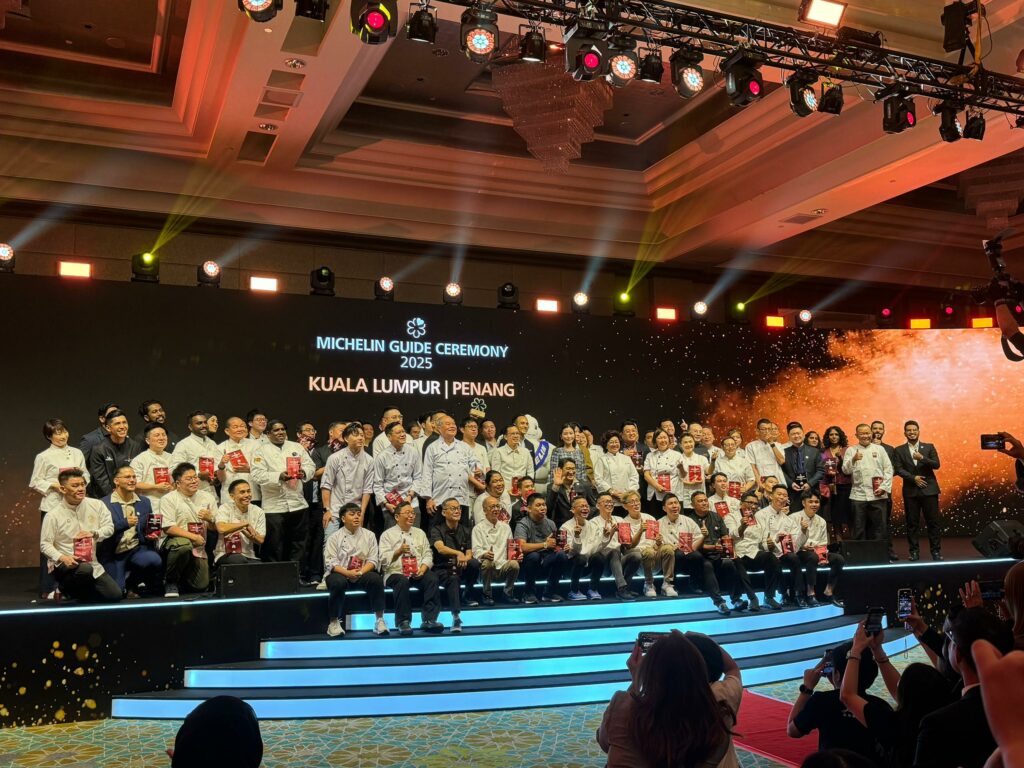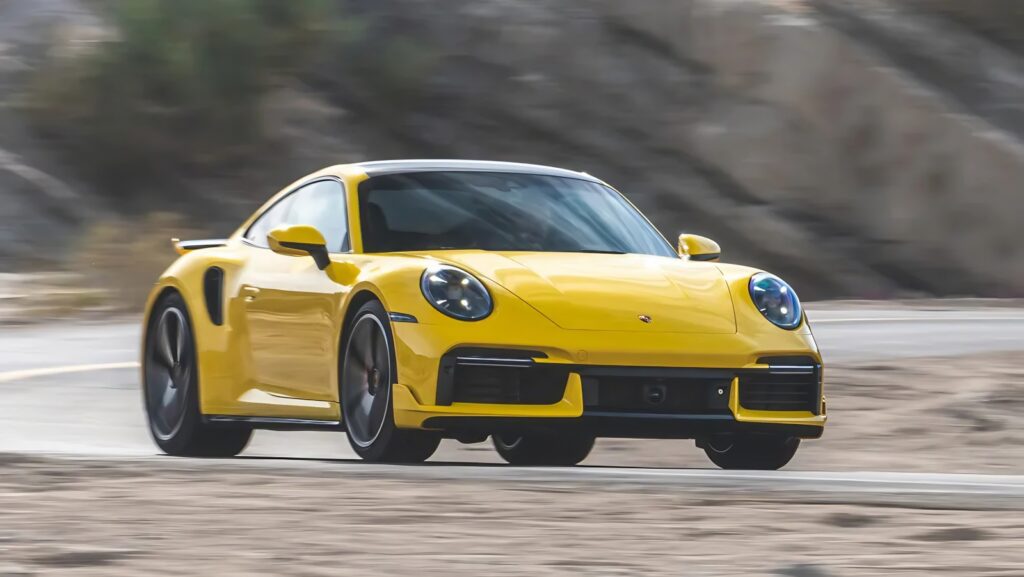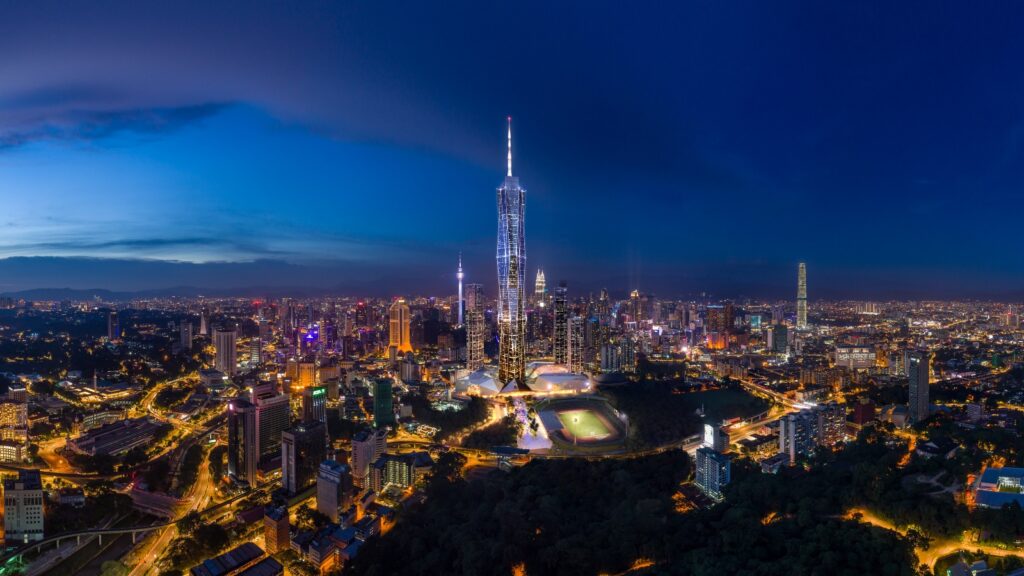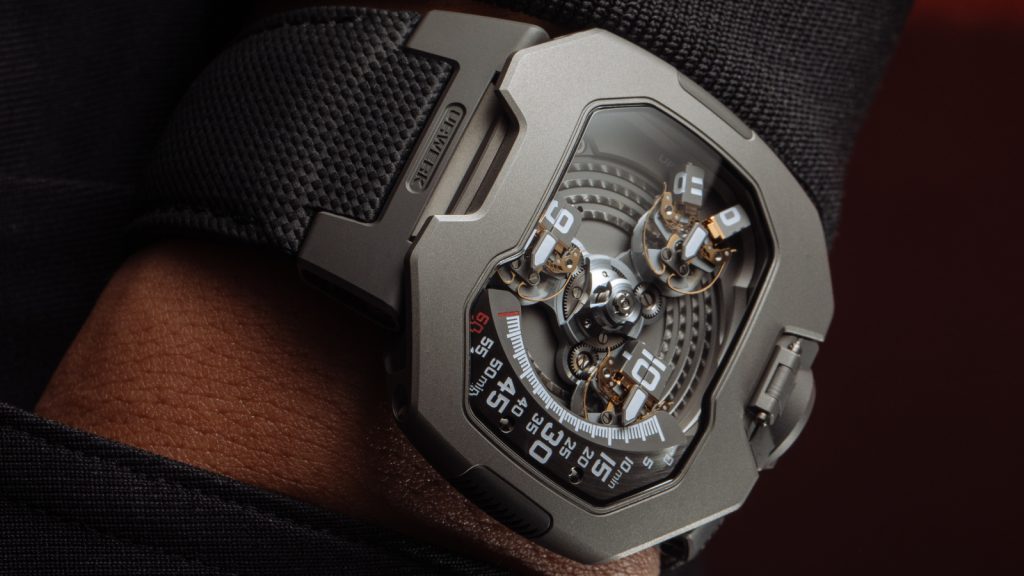These expensive coloured diamonds are increasing in value due to rarity
When buying a diamond, everyone knows to look out for the 4Cs: carat, colour, clarity and cut. But what about coloured diamonds? How are they valued in the market, which are the rarest colours, and what should you look out for? Green diamonds seem to be on every jeweller’s tongues.
Natural vivid green diamonds are the second-rarest diamonds to be found naturally — fancy red diamonds being the rarest — says De Beers chief diamond buyer Andrew Coxon, who has bought and sold some of the world’s most famous and largest diamonds. They include the 59.60-carat CTF Pink that came from a 132.5-carat rough diamond mined by De Beers in 1999 and which was bought by jewellery retailer Chow Tai Fook at Sotheby’s Hong Kong last April, setting a new world auction record for any diamond at US$71.2 million (RM275.5 million) or US$1.19 million a carat.
Green diamonds of the world
In 2016, Chow Tai Fook set the auction world record for a fancy vivid green diamond when it bought Aurora Green for US$16.8 million (RM65 million) or US$3.3 million per carat. At 5.03 carats, Aurora Green was a fraction of the size of CTF Pink yet achieved a much higher per carat price. It was also the largest fancy vivid green diamond ever sold at auction, attesting to the rarity of the most sought-after saturated colour among green diamonds.
While other coloured diamonds form as a result of a contamination in the carbon crystal (such as boron for blues and nitrogen for yellows), the green results from millions of years of exposure to natural radiation beneath the surface of the earth.
The largest and perhaps finest natural green diamond known is the 40.7-carat Dresden Green, a pear-shaped diamond first acquired by Frederick Augustus II, King of Poland, from a Dutch merchant in 1741. It now resides permanently in the Green Vault of the Dresden Royal Palace. The second largest green diamond, Gruosi, is owned by De Grisogono and weighs 25 carats. It is set in a gold ring with 282 black diamonds.
Colour vs cut
The majority of naturally irradiated diamonds only maintain their green colouring on the surface (also known as skins) and often lose that rare colour during the cutting process. Among these rare stones very few have a pure fancy green colour, with most green diamonds containing a modifying hue (blueish, greyish or yellowish) that will greatly affect the pricing of the stone.
“The most attractive modifier is the blue green. They can have a wonderful Caribbean Sea colour. For me, as a professional, I prefer those to the straight vivid green because it has a warmer hue. But it’s not as rare as the vivid green. The least valuable are the greyish yellowish green diamonds, which are actually very affordable. You could buy a three-carat greyish yellowish green for US$15,000 to US$20,000 per carat,” explains Graeme Thompson, Bonhams’ director of jewellery in Asia.
He points out, “Yellowish and greyish green diamonds are featured in our auctions quite frequently, but we’ve never had a fancy vivid green diamond. We did have a 1.24-carat fancy intense green diamond in 2015, which sold for HK$1 million.”
Bonhams will offer a beautiful fancy deep green diamond in May, which Thomson describes as having “a slightly darker tone than a fancy vivid green diamond, a very alpine colour.”
Prices for green diamonds have been rising, but collectors also need to be cautious and buy with their “eyes and heart” as well as the backing of a certificate from a body such as the Gemological Institute of America (GIA), says Thompson.
Telling a natural green diamond from an artificially treated one
While natural green diamonds are extremely rare, the colour can be reproduced artificially so convincingly that it can be difficult for a seasoned jeweller to distinguish between a natural green diamond and one that has been artificially treated.
To reassure buyers, the GIA has developed thorough, in-depth lab tests that manage to rule decisively whether the diamond’s green colour was created in a natural or artificial process.
“Very few green diamonds pass the stringent tests,” says Coxon, adding that it has now become a requirement to show the original rough diamond to the diamond grading laboratory for them to examine its original green skin, before it is partially polished away in the manufacturing process.
“Never buy any fancy coloured diamond which does not have a recent GIA diamond grading report and which is not sourced for you by a trusted brand with undoubted expertise,” Coxon advises.
He adds, “In addition to the vital GIA certificate and a trusted brand’s guidance, the most important rules to remember when purchasing a piece of diamond jewellery are: eye, brain, heart. Do the diamonds excite your eyes, do they mesmerise your brain, is your heart captivated by them? Choose for beauty!”

